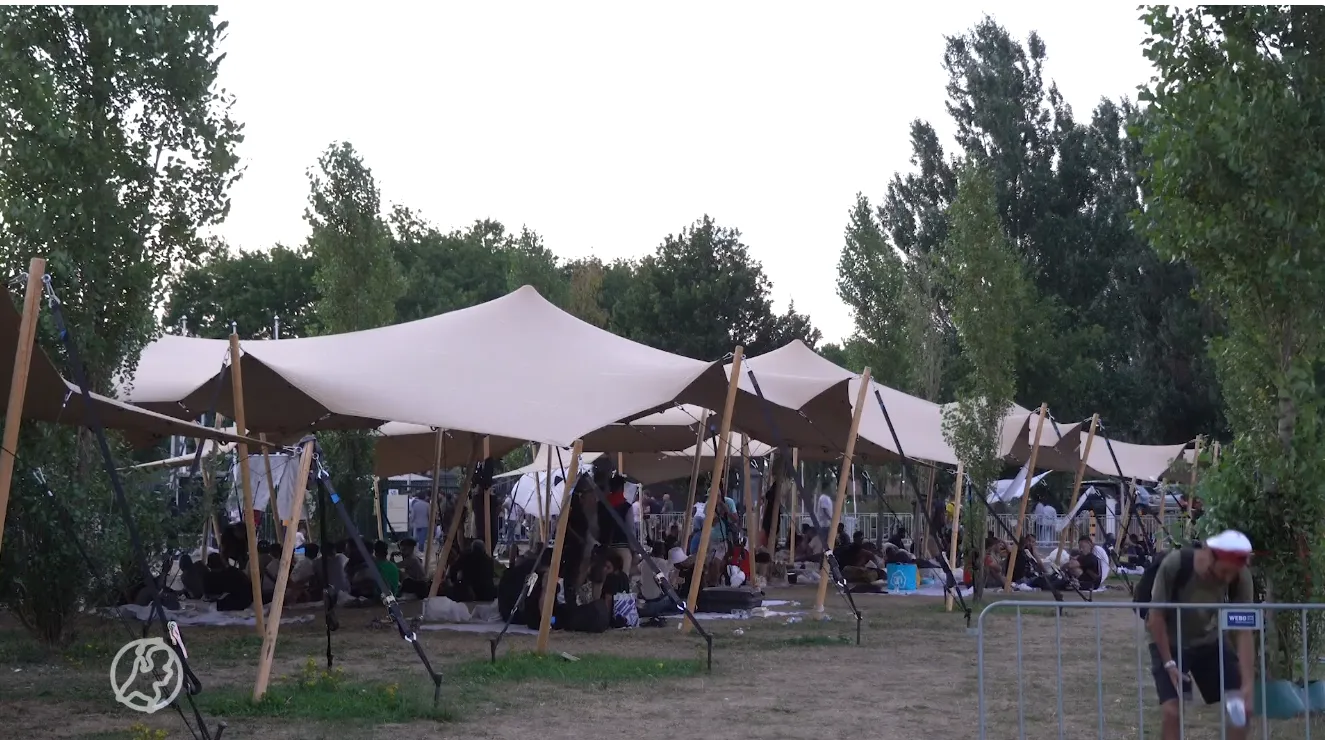Onopgeloste problemen rond betrouwbaarheid temperatuurdata
Een terrein vol voetangels en klemmen.
Enige jaren geleden vond er heftige discussie plaats over de betrouwbaarheid van de temperatuurdata. Die discussie is verflauwd. Maar het probleem was daarmee niet opgelost. Onder de titel, 'Climategate, the sequel: How we are STILL being tricked with flawed data on global warming', schonk Christopher Booker er onlangs opnieuw aandacht aan.
Ik citeer:
Although it has been emerging for seven years or more, one of the most extraordinary scandals of our time has never hit the headlines. Yet another little example of it lately caught my eye when, in the wake of those excited claims that 2014 was “the hottest year on record”, I saw the headline on a climate blog: “Massive tampering with temperatures in South America”. The evidence on Notalotofpeopleknowthat, uncovered by Paul Homewood, was indeed striking.
Puzzled by those “2014 hottest ever” claims, which were led by the most quoted of all the five official global temperature records – Nasa’s Goddard Institute for Space Studies (Giss) – Homewood examined a place in the world where Giss was showing temperatures to have risen faster than almost anywhere else: a large chunk of South America stretching from Brazil to Paraguay.
Noting that weather stations there were thin on the ground, he decided to focus on three rural stations covering a huge area of Paraguay. Giss showed it as having recorded, between 1950 and 2014, a particularly steep temperature rise of more than 1.5C: twice the accepted global increase for the whole of the 20th century.
But when Homewood was then able to check Giss’s figures against the original data from which they were derived, he found that they had been altered. Far from the new graph showing any rise, it showed temperatures in fact having declined over those 65 years by a full degree. When he did the same for the other two stations, he found the same. In each case, the original data showed not a rise but a decline.
Deze informatie past in een patroon. Uit alle hoeken en gaten van de wereld zijn in de loop der tijd soortgelijke onregelmatigheden gemeld.
Booker beschrijft voorts hoe de verschillende temperatuurreeksen worden vervaardigd en welke wetenschappelijke instellingen daarvoor verantwoordelijk zijn.
De metingen worden verricht via grondstations en vanaf 1979 ook met behulp van satellieten.
In recent years, these two very different ways of measuring global temperature have increasingly been showing quite different results. The surface-based record has shown a temperature trend rising up to 2014 as “the hottest years since records began”. RSS and UAH have, meanwhile, for 18 years been recording no rise in the trend, with 2014 ranking as low as only the sixth warmest since 1997.
One surprise is that the three surface records, all run by passionate believers in man-made warming, in fact derive most of their land surface data from a single source. … But two aspects of this system for measuring surface temperatures have long been worrying a growing array of statisticians, meteorologists and expert science bloggers. One is that the supposedly worldwide network of stations from which GHCN draws its data is flawed. Up to 80 per cent or more of the Earth’s surface is not reliably covered at all. Furthermore, around 1990, the number of stations more than halved, from 12,000 to less than 6,000 – and most of those remaining are concentrated in urban areas or places where studies have shown that, thanks to the “urban heat island effect”, readings can be up to 2 degrees higher than in those rural areas where thousands of stations were lost. ….
But still more worrying has been the evidence that even this data has then been subjected to continual “adjustments”, invariably in only one direction. Earlier temperatures are adjusted downwards, more recent temperatures upwards, thus giving the impression that they have risen much more sharply than was shown by the original data. ….
Assiduous researchers have since unearthed countless similar examples across the world, from the US and Russia to Australia and New Zealand. In Australia, an 80–year cooling of 1 degree per century was turned into a warming trend of 2.3 degrees. In New Zealand, there was a major academic row when “unadjusted” data showing no trend between 1850 and 1998 was shown to have been “adjusted” to give a warming trend of 0.9 degrees per century. ...
In reality, the implications of such distortions of the data go much further than just representing one of the most bizarre aberrations in the history of science. The fact that our politicians have fallen for all this scary chicanery has given Britain the most suicidally crazy energy policy (useless windmills and all) of any country in the world.
Lees verder hier.
Kortom, zelfs het ogenschijnlijk meest eenvoudige aspect van het klimaat, de temperatuurmetingen, blijkt een terrein vol voetangels en klemmen.
Voor mijn eerdere DDS–bijdragen zie hier.
Ga verder met lezen
Dit vind je misschien ook leuk
Laat mensen jouw mening weten


